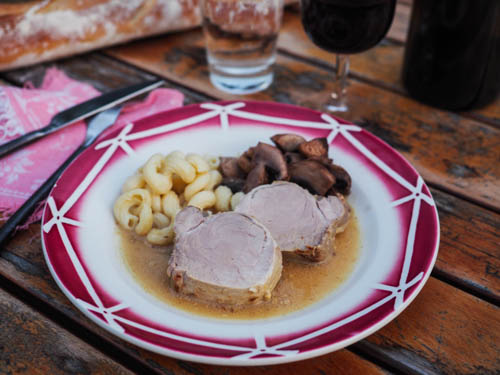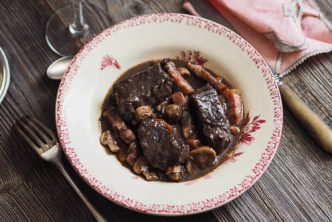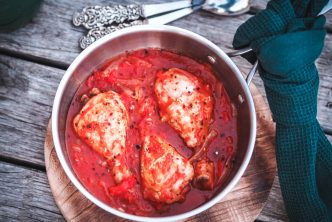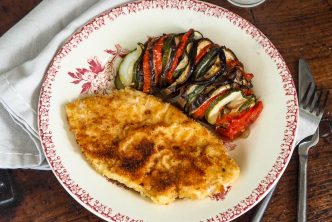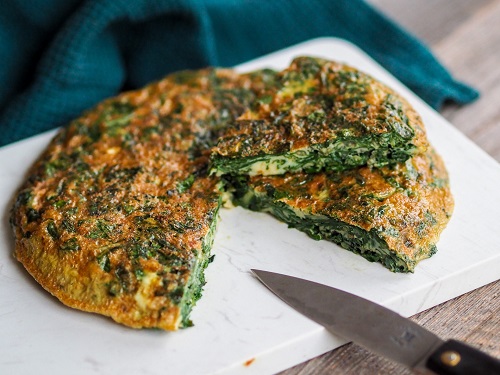Classic French homecooking dish, with 2 ingredients only. Filet mignon is simply coated with lots of Dijon mustard and cooked. Tender meat, flavorful sauce.
For as long as I can remember, I have always eaten this meal. My mother would often cook this mustard pork tenderloin. The quantity of mustard used in this recipe may seem like a lot, however once it has been cooked it will lose its strength and leave behind only its flavor.
How to make a perfect pork tenderloin in a casserole dish
The cooking
This dish is usually cooked in a casserole dish. The meat is first seared and then slowly cooked with the addition of water, you may either choose to cover it or not depending on how liquidy you want your sauce to be. I’m not a fan of oven baking this dish, I highly recommend using a casserole dish on a stove.
The sauce
As mentioned earlier the sauce is more or less thick or liquid depending on the quantity of water you add whilst the meat is cooking, and whether you choose to cover the casserole dish or not.
You can add some veal stock (that has been pre-diluted with some of your cooking juice) at the end for a thicker sauce.
It is not necessary to add any cream to your sauce.
The mustard
In this recipe I used Dijon mustard, you can alternate with whole grain mustard or use a mix of both.
The mustard gives a lot of taste to the meat, in my opinion adding honey as is sometimes done with pork is unnecessary here.
Mustard is the go to ingredient for the French, we use it in many of our recipes. It’s the basic ingredient for a French vinaigrette salad dressing and perfect condiment to eat with meat. But it also has many other uses in cooking.
In France, we often use Dijon Mustard which comes from burgundy, a region in France that we usually associate with wine. This tangy condiment, deeply rooted in the heart of Burgundy, has a history as rich and fascinating as the region’s wines.
Dijon mustard is more than just a condiment, it’s a symbol of Burgundy’s rich culinary heritage. Dijon, the historic capital of Burgundy, has been a hub for mustard-making since the 1200s. But it was Jean Naigeon’s genius idea in the 1700s to swap out vinegar for verjus, a tart juice from unripe grapes, that truly set Dijon mustard apart. This swap introduced the uniquely sharp, tangy flavor that Dijon mustard is loved for today.
In 1866, Maurice Grey and Auguste Poupon birthed the most famous Dijon mustard brand, Grey-Poupon. Their secret? A recipe that included white wine from the region, giving the mustard its distinct, sophisticated taste.
What to serve this filet mignon with
I enjoy adding button mushrooms as the meat is cooking. You can also choose to add some peeled potatoes about 30 minutes for the end of the cooking time (the bigger the potatoes the earlier you should put them into the casserole).
I like to cook this dish in a way that will result in lots of sauce, it works wonders when mixed with potato puree (as a child I used to make volcanoes with the sauce)
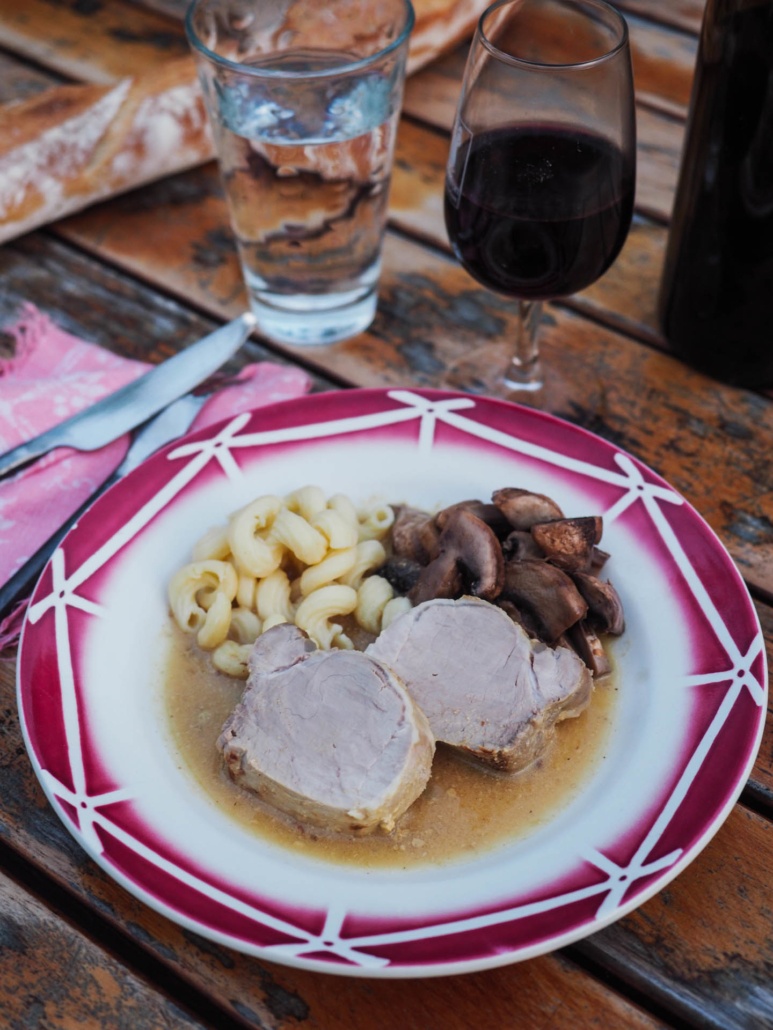
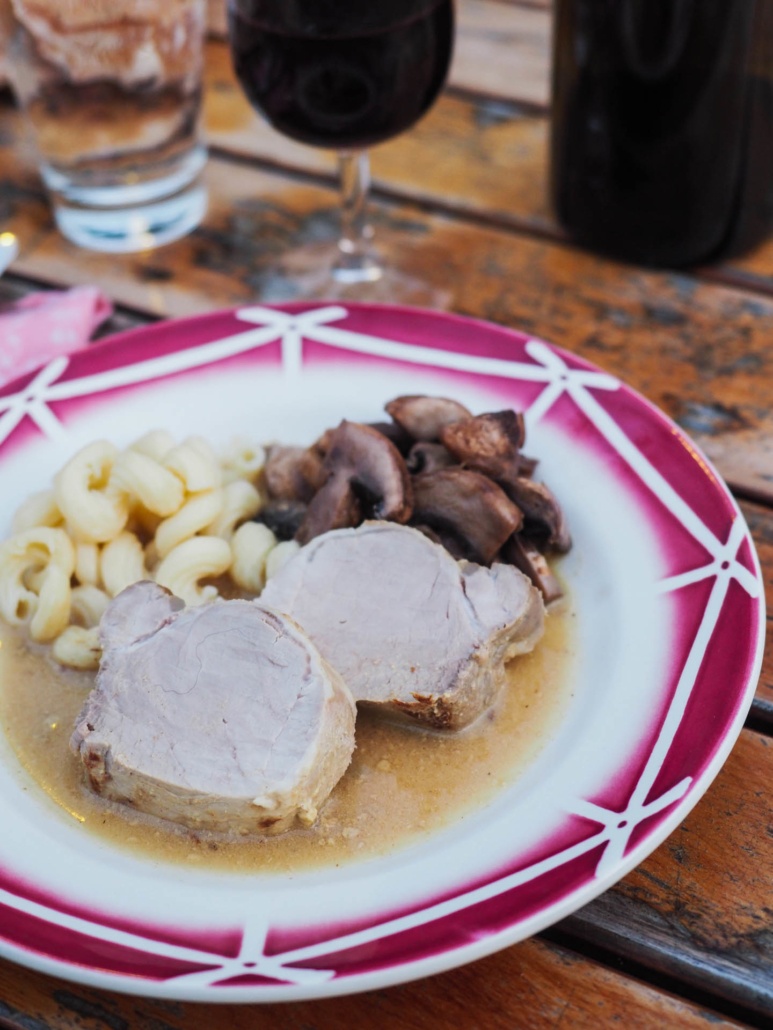
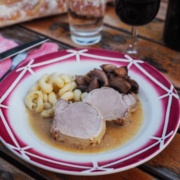
Pork Tenderloin with Dijon Mustard
Ingredients
- 2 pork tenderloins
- 8 tbsp mustard from Dijon or grainy mustard
- 1 tbsp sunflower oil
- water
Instructions
- Heat oil in a casserole.
- Very generously coat the first side of each pork tenderloin with mustard. About 2 large tablespoons.
- Fry the meat on this first side, meanwhile add the same quantity of mustard in the same quantity on the other side of your pieces of meat.
- 3 to 5 minutes later flip pork tenderloin and fry on the other side. Meanwhile heat water.
- Pour water halfway of the high of the meat and cook gently for 1 to 1.5 hours depending on the heat of the fire. Flip regularly so that meat will be tender.
Bon appétit !

